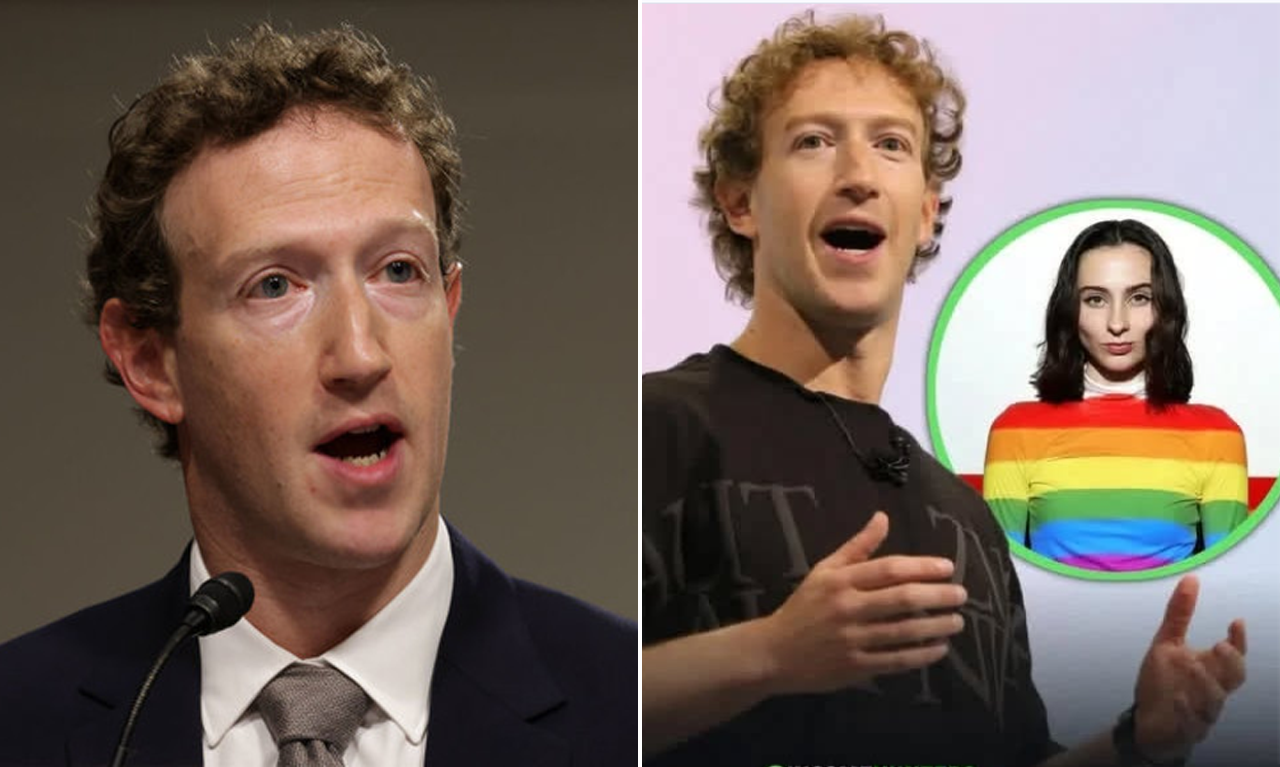In a decision that has sparked significant debate, Meta CEO Mark Zuckerberg has reportedly ordered the removal of transgender and nonbinary themes from the company’s Messenger platform. The move, which has been met with both applause and backlash, raises questions about the tech giant’s commitment to inclusivity and its approach to navigating cultural sensitivities in a rapidly changing digital landscape.
The Decision and Its Context
Meta, the parent company of Facebook, Instagram, and WhatsApp, has long championed diversity and inclusivity as part of its corporate ethos. Features and themes reflecting LGBTQ+ identities were introduced across Meta’s platforms in recent years, including customized chat themes, stickers, and emojis that celebrated Pride Month and other LGBTQ+ milestones.
However, the recent decision to remove transgender and nonbinary themes from Messenger signals a potential shift in the company’s approach. According to insider sources, the decision aligns with Zuckerberg’s broader vision of focusing on “core functionalities” while minimizing elements perceived as “divisive” or “controversial.”
While the official reasoning behind the removal remains unclear, some speculate it could be part of a strategy to appease conservative users and markets where LGBTQ+ themes face societal resistance.
Community Reactions
The decision has elicited a strong response from LGBTQ+ advocates and allies. Many see it as a rollback of progress in creating inclusive digital spaces. “Representation matters, especially in online platforms where people connect and express themselves,” said GLAAD spokesperson Sarah Ellis. “Removing these themes sends a message that transgender and nonbinary people are not valued or visible.”
Social media has been abuzz with hashtags like #MetaErasesUs and #TransVisibilityMatters, as users express their disappointment and demand an explanation. Critics argue that the removal contradicts Meta’s stated mission to “bring the world closer together” by fostering inclusivity and understanding.
On the other hand, some users have welcomed the decision, viewing it as a step toward depoliticizing digital platforms. “Not everything needs to be about identity politics,” commented one Facebook user. “Messenger should focus on being a communication tool, not a platform for activism.”
Impact on Meta’s Reputation
The controversy comes at a time when Meta is already under scrutiny for its handling of misinformation, data privacy, and content moderation. The decision to remove transgender and nonbinary themes risks alienating a segment of its user base, potentially undermining trust in the company’s commitment to diversity.
Meta’s competitors, such as Twitter (now X) and TikTok, have seized the opportunity to highlight their own inclusive policies, further intensifying the pressure on Zuckerberg and his team. Critics argue that this move could tarnish Meta’s reputation as a forward-thinking, inclusive tech leader.
Broader Implications
The removal of transgender and nonbinary themes raises broader questions about the role of tech companies in shaping cultural narratives. Should platforms remain neutral, or do they have a responsibility to actively promote inclusivity and representation?
For many, the decision underscores the tension between catering to global audiences with diverse cultural norms and upholding values of equality and inclusion. In countries where LGBTQ+ rights are contested, Meta’s decision may be seen as an attempt to avoid backlash. However, in progressive markets, it risks being interpreted as a capitulation to regressive attitudes.
What’s Next for Meta?
As the backlash continues, Meta faces mounting pressure to clarify its stance and address concerns from the LGBTQ+ community. Advocacy groups have called for transparency regarding the decision-making process and a commitment to reinstating inclusive features.
Some analysts believe that Meta could introduce alternative initiatives to support LGBTQ+ users while maintaining a focus on its “core functionalities.” Others suggest that the company may need to reevaluate its global strategy to balance inclusivity with cultural sensitivity.
For now, the controversy serves as a reminder of the challenges tech companies face in navigating complex social issues. As digital platforms become increasingly central to how people connect and communicate, the decisions of companies like Meta carry significant cultural and societal weight.
Conclusion
Mark Zuckerberg’s decision to remove transgender and nonbinary themes from Meta’s Messenger has ignited a heated debate about inclusivity, corporate responsibility, and the future of digital platforms. While some see the move as a pragmatic step toward neutrality, others view it as a betrayal of the values Meta claims to uphold.
As the world watches how Meta responds to the backlash, one thing is clear: the intersection of technology and identity remains a critical and contentious space, with far-reaching implications for users and society at large.






